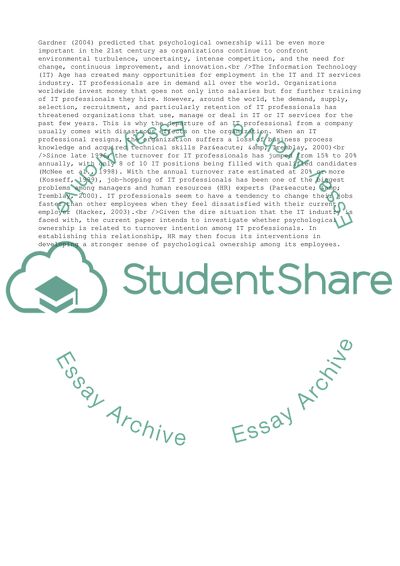Cite this document
(Is there a Relationship between Psychological Ownership and Turnover Report, n.d.)
Is there a Relationship between Psychological Ownership and Turnover Report. https://studentshare.org/business/1706155-the-writer-will-decide-my-area-of-interest-is-human-resources-personnel
Is there a Relationship between Psychological Ownership and Turnover Report. https://studentshare.org/business/1706155-the-writer-will-decide-my-area-of-interest-is-human-resources-personnel
(Is There a Relationship Between Psychological Ownership and Turnover Report)
Is There a Relationship Between Psychological Ownership and Turnover Report. https://studentshare.org/business/1706155-the-writer-will-decide-my-area-of-interest-is-human-resources-personnel.
Is There a Relationship Between Psychological Ownership and Turnover Report. https://studentshare.org/business/1706155-the-writer-will-decide-my-area-of-interest-is-human-resources-personnel.
“Is There a Relationship Between Psychological Ownership and Turnover Report”. https://studentshare.org/business/1706155-the-writer-will-decide-my-area-of-interest-is-human-resources-personnel.


